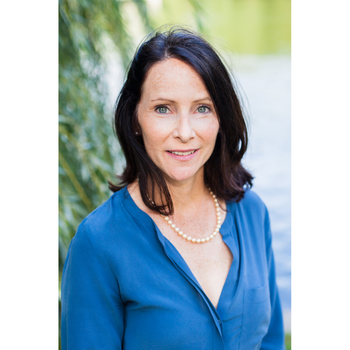In the Systems Analysis for Sustainable Energy course, assignments are varied and include both audio, video, and text-based options, along with formatting features that support students through accessibility and time management.
Discussions include bulleted lists of instructions, grading criteria, and use of different colors to make some content stand out. The lecture videos include captions, transcripts, and estimated time for completion.
Students complete weekly labs, such as Power the Grid, and Slowing Down an Amplifying Greenhouse Effect to incorporate active learning. Students are also encouraged to complete optional textbook problem sets for extra practice and the instructor is committed to providing feedback.
Reading assignments also include videos from a variety of sources to supplement text-based readings. The instructor includes “Questions to Consider” to provide context and help students focus on the main ideas of the readings. This also helps students decide which readings to complete and gives them flexibility in content and time management.
Students can choose whether to participate in discussions synchronously and asynchronously. They introduce themselves in Padlet, which gives them the opportunity to share photos, video, audio, and website links. The final project gives the students the opportunity to record video presentations.
Multiple ways to navigate the course content include module navigation buttons on the homepage, hyperlinks in Module Overview and End-of-Module pages, and hyperlinked To-Do Lists to ensure a seamless workflow. The Module Overview pages include numbering structure, bullet points, to-do list, and alert students of what is coming up in the next module. The End-of-Module pages remind students of what they have to complete, preview content of subsequent module, and include “Lifeline” links should they need help. The Canvas Calendar reminds students of the module start and end dates.


